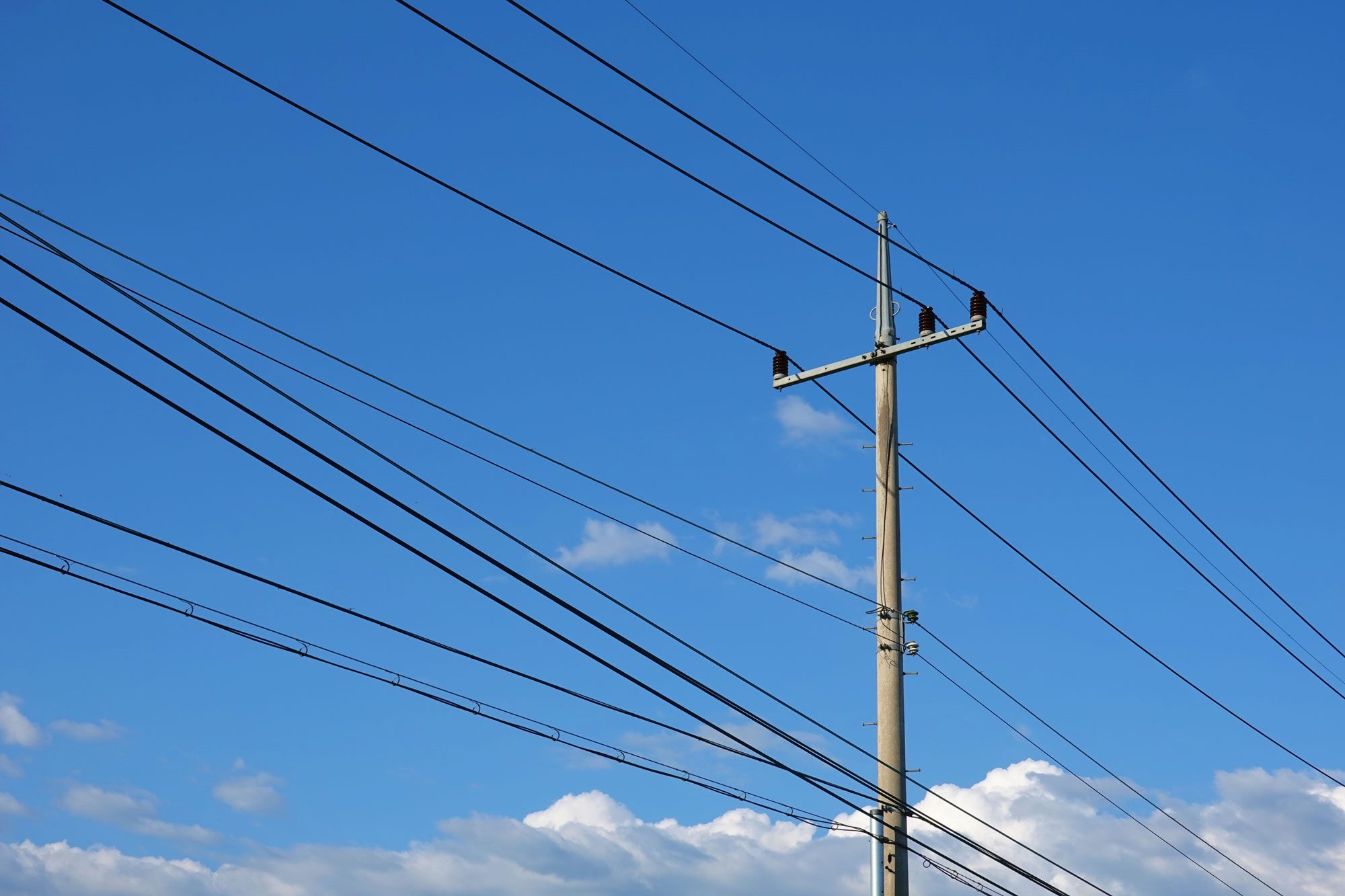
CORRECTING THE RECORD: NRECA’S MISLEADING CLAIMS ON POLE POLICY
In an effort to help achieve “Internet for All,” both federal and state policymakers have taken much-needed steps to reform pole attachment rules. As the Administration inches closer toward distributing the single largest broadband investment (Broadband Equity Access and Deployment Program – or BEAD) in our nation’s history, a wide array of voices are urging additional actions to ensure this taxpayer-funded money achieves the intended goal — closing the digital divide once and for all.
Additional actions should include:
- The FCC moving swiftly on a set of new proposals around large pole attachment orders, self-help, and the use of contractors.
- Policymakers at the federal and state level addressing excessive, inequitable pole replacement costs that are pushed onto ISPs;
- The NTIA requiring all recipients of federal BEAD funds to follow federal pole guidelines;
- States creating pole replacement funds and enacting processes that facilitate the quick resolution of pole disputes.
Unfortunately, pole owners push back repeatedly against common-sense solutions such as these that would equitably and more quickly bring broadband to unserved rural Americans. Groups that represent these pole owner stakeholders, like USTelecom and the Utilities Technology Council, purposely mischaracterize efforts to streamline and address pole-related barriers as somehow unreasonable cost shifting or unduly burdensome. Monopoly pole owners should not be able to act as gatekeepers who decide when a rural area will get access to broadband service. In truth, the streamlining efforts around access are intended to bring more equity to the pole attachment process and accelerate the delivery of broadband to communities who have been without access for far too long.
The National Rural Electric Cooperative Association (NRECA) recently published a “fact” sheet calling on policymakers to “Reject New Regulations on Cooperative Utility Poles.” A closer examination of this release and its claims are undermined by the reality of pole owner behavior and the barriers to deployment being experienced by ISPs.
*****
THE CLAIM: “In some instances, a taller or stronger pole is needed to accommodate the new equipment, which would not otherwise be required and does not benefit the electric service.”
THE REALITY: Pole owners absolutely benefit when their existing, aging poles are replaced with newer, stronger ones – especially when the new poles are paid for in full by attachers.
Each of the estimated 160-180 million utility poles across the country have an average lifespan of 30-40 years. When a pole needs to be replaced, pole owners will often evade the costs of repairing and upgrading their aging infrastructure by shifting the entire cost of that replacement onto the pole owner. As a result, as CTF has noted in the past: “the [pole owner] receives tax benefits, capacity for additional attachers, the added income that provides, often higher annual rent from existing pole attachers” – all while keeping ownership of the new, stronger poles that won’t have to be replaced for several decades.
Pole owners themselves have even admitted in the fine print of FCC comment filings that “arguably utilities [pole owners] benefit from stronger [new, replaced] poles too.” As beneficiaries of the new pole, pole owners should contribute an equitable amount to the cost of that new pole.
THE CLAIM: “An effort is underway to add…unreasonable timelines to rural pole owners.”
THE REALITY: Standardizing timelines, particularly for large pole attachment orders, will help deliver internet access to unserved communities without any further delay.
Current FCC rules do not include required timetables for pole owners to process and approve “large order” pole applications from attachers (these are orders defined as those involving 3,000 or more poles). As a result, delays and disputes around large deployments can hold up projects in unserved areas for months or even years.
Pole owners argue that delays stem from an unprecedented number of pole applications and make-ready work. While this processing burden may be real, many pole attachers offer application processing support and self-help remedies for pole replacements when owners are unable to do so themselves within required timelines – only to have these offers rejected.
These delays will likely increase in the coming months, as billions in federal BEAD funds begin making their way into the states, on top of the already distributed broadband funding from the American Rescue Plan Act of 2021 (ARPA), the Rural Digital Opportunity Fund (RDOF), and private investments.
THE CLAIM: “Congress must reject any attempt to add new regulatory and compliance burdens to cooperative utility poles under the guise of streamlining broadband deployment.”
THE REALITY: Congress has a vested interest and it can and should play a direct role in improving and reforming pole access rules in order to speed rural broadband deployment.
Federal regulators understand the need to provide internet providers predictable, timely, and reasonable access to poles, but thanks to an exemption in Section 224 of the Communications Act, FCC pole attachment rules only apply to investor-owned utilities (IOUs) and not to the millions of poles owned by municipalities or electric cooperatives. As a result, too often municipalities and cooperatives routinely slow-roll the processing of attachment requests and/or unfairly shift their own pole costs onto the attaching broadband entity, which slows deployment and unfairly increases deployment costs for internet providers.
If Congress is serious about the successful implementation of the $42.45 billion it allocated into the bipartisan Infrastructure Law for broadband deployment via the BEAD Program, it should revisit this issue and grant the FCC jurisdiction over all types of pole owners.